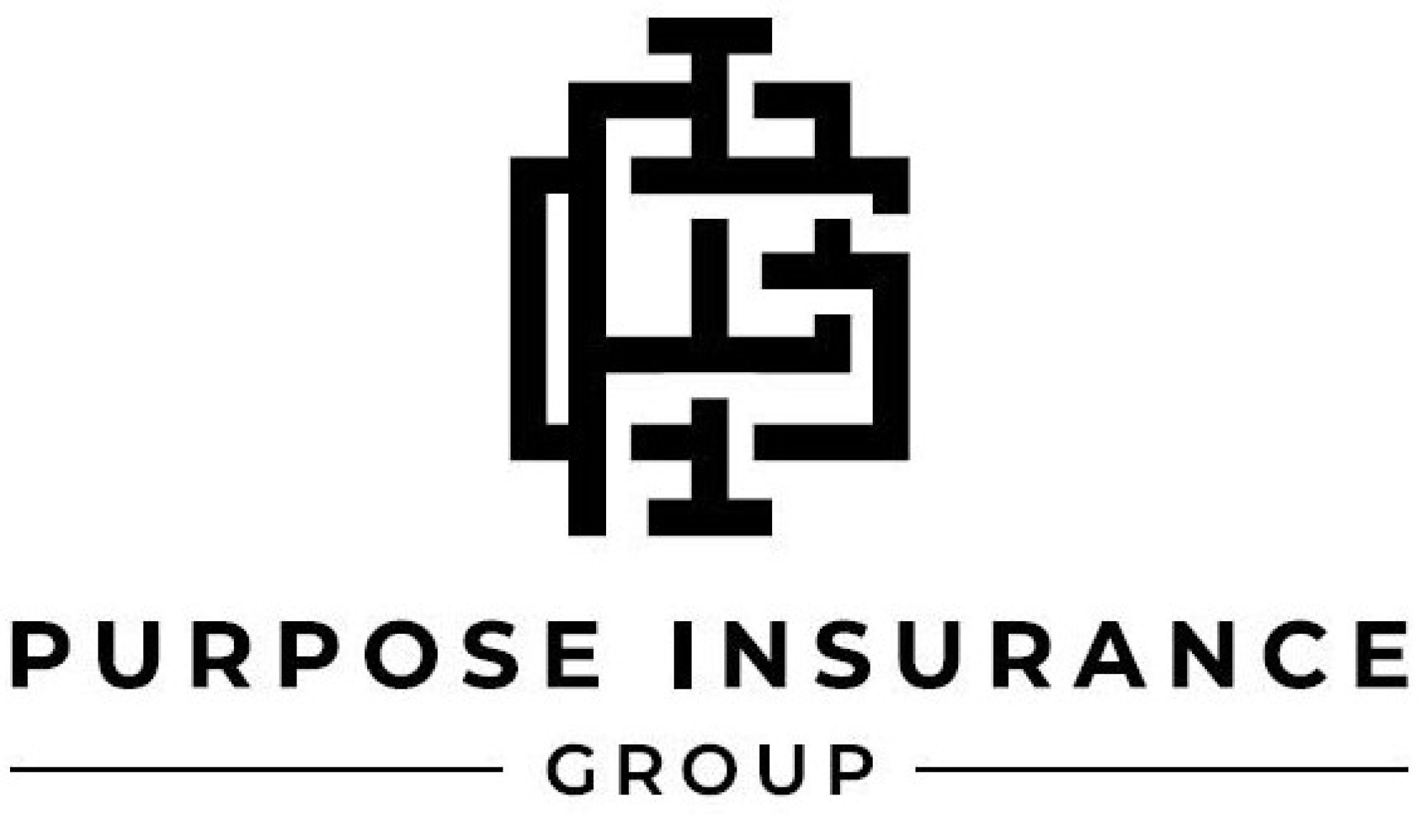Pacific Prime Can Be Fun For Everyone
Table of ContentsPacific Prime Can Be Fun For EveryonePacific Prime Can Be Fun For EveryoneAll About Pacific PrimeExamine This Report on Pacific PrimePacific Prime Things To Know Before You Buy
:max_bytes(150000):strip_icc()/basics-to-help-you-understand-how-insurance-works-4783595_final-9cf74d5b66d14f88a21ab29ddb290e2d.png)
This is since the information were gathered for a duration of strong financial performance. Of the estimated 42 million individuals who were without insurance, just about regarding 420,000 (about 1 percent) were under 65 years old, the age at which most Americans end up being eligible for Medicare; 32 million were adults in between ages 18 and 65, about 19 percent of all grownups in this age; and 10 million were youngsters under 18 years of age, concerning 13.9 percent of all children (Mills, 2000).
These estimates of the number of individuals without insurance are produced from the yearly March Supplement to the Current Populace Survey (CPS), carried out by the Demographics Bureau. Unless otherwise noted, national price quotes of people without medical insurance and percentages of the population with different type of coverage are based on the CPS, the most commonly made use of resource of estimates of insurance coverage and uninsurance prices.
Not known Details About Pacific Prime

Still, the CPS is specifically useful because it generates yearly price quotes fairly promptly, reporting the previous year's insurance coverage approximates each September, and because it is the basis for a consistent collection of price quotes for even more than twenty years, permitting analysis of fads in insurance coverage gradually. For these reasons, as well as the comprehensive use of the CPS in other researches of insurance policy coverage that exist in this record, we depend on CPS quotes, with limitations noted.

The price quote of the number of without insurance individuals expands when a populace's insurance policy condition is tracked for several years. Over a three-year duration beginning early in 1993, 72 million individuals, 29 percent of the united state populace, lacked protection for a minimum of one month. Within a single year (1994 ), 53 million people experienced at the very least a month without insurance coverage (Bennefield, 1998a)
Six out of every 10 uninsured grownups are themselves utilized. Although working does boost the possibility that one and one's member of the family will have insurance, it is not a warranty. Even participants of households with two permanent wage earners have almost a one-in-ten possibility of being uninsured (9.1 percent without insurance rate) (Hoffman and Pohl, 2000).
Fascination About Pacific Prime
New immigrants make up a considerable percentage of individuals without medical insurance. One analysis has attributed a considerable section of the current growth in the size of the U.S. without insurance population to immigrants that got here in the nation between 1994 and 1998 (Camarota and Edwards, 2000). Recent immigrants (those that came to the United States within the past 4 years) do have a high price of being without insurance (46 percent), but they and their kids make up just 6 percent of those without insurance policy nationally (Holahan et al., 2001).
The connection in between medical insurance and access to care is well developed, as documented later on in this phase. The partnership between wellness insurance policy and wellness results is neither direct nor simple, an extensive clinical and wellness solutions research study literature links Source wellness insurance policy coverage to improved accessibility to care, much better high quality, and improved individual and population health status.
Levels of evaluation for analyzing the effects of uninsurance. It concentrates specifically on those without any type of health insurance policy for any size of time.
The 4-Minute Rule for Pacific Prime
The issues faced by the underinsured are in some areas comparable to those dealt with by the uninsured, although they are generally much less severe. Health insurance, nonetheless, is neither required nor enough to gain access to clinical services. The independent and straight impact of health and wellness insurance coverage on accessibility to health and wellness solutions is well established.
Others will certainly obtain the wellness treatment they need even without health insurance, by spending for it out of pocket or seeking it from companies who use treatment complimentary or at extremely subsidized prices. For still others, health and wellness insurance alone does not make certain invoice of care as a result of other nonfinancial obstacles, such as a lack of health treatment companies in their community, restricted accessibility to transportation, illiteracy, or linguistic and cultural differences.
Some Ideas on Pacific Prime You Need To Know
Formal research study about uninsured populations in the USA dates to the late 1920s and very early 1930s when the Board on the Cost of Healthcare created a collection of records about financing physician workplace visits and hospitalizations. This issue became significant as the varieties of medically indigent climbed up throughout the Great Anxiety.